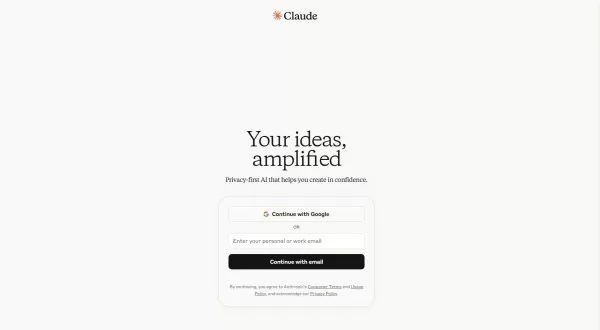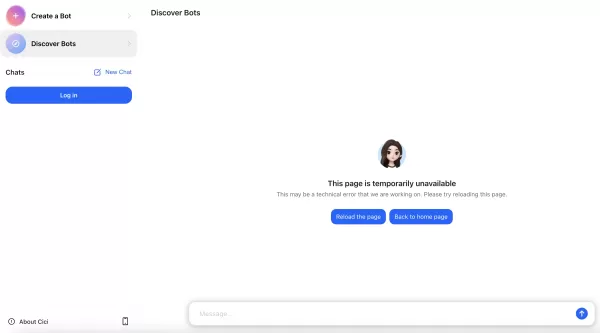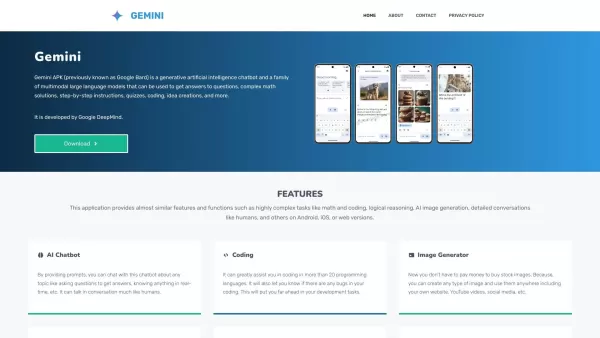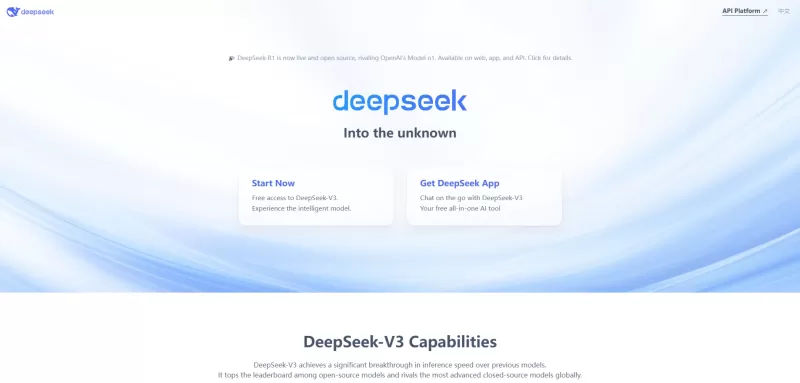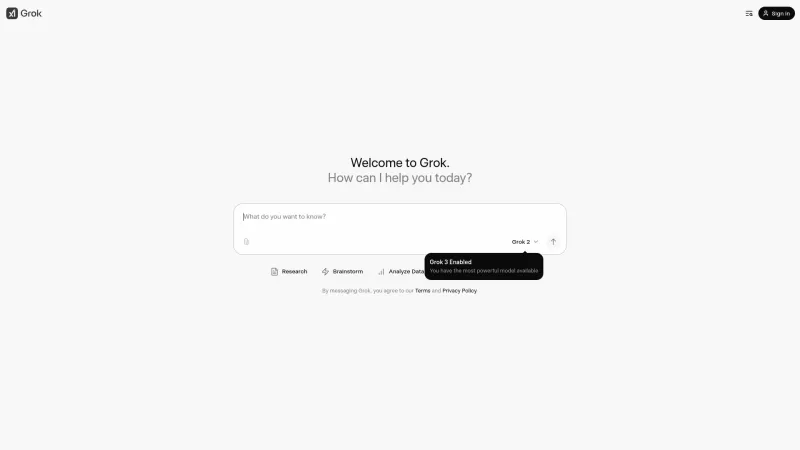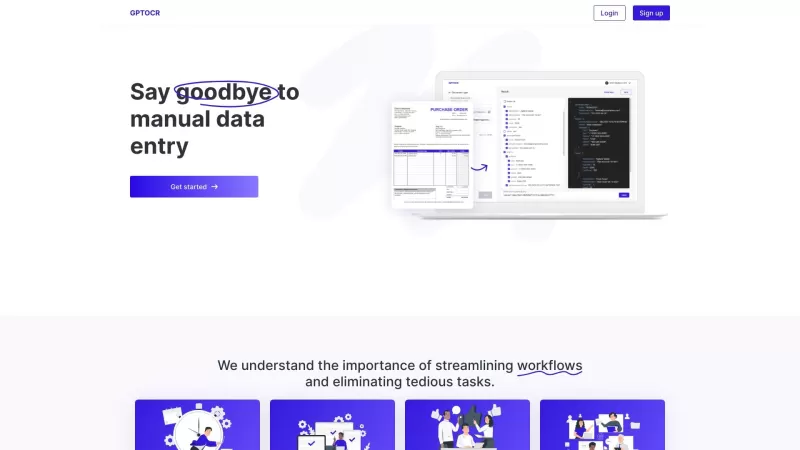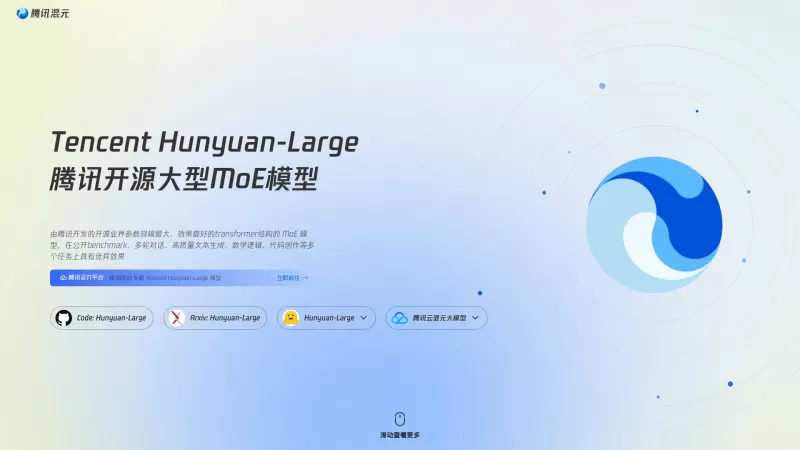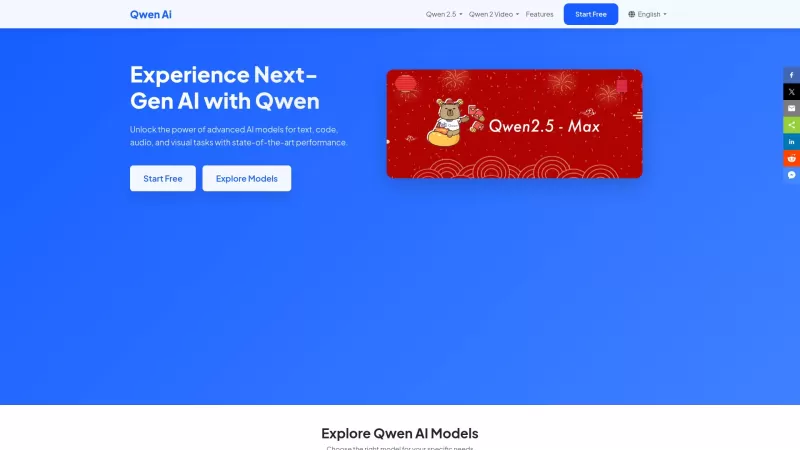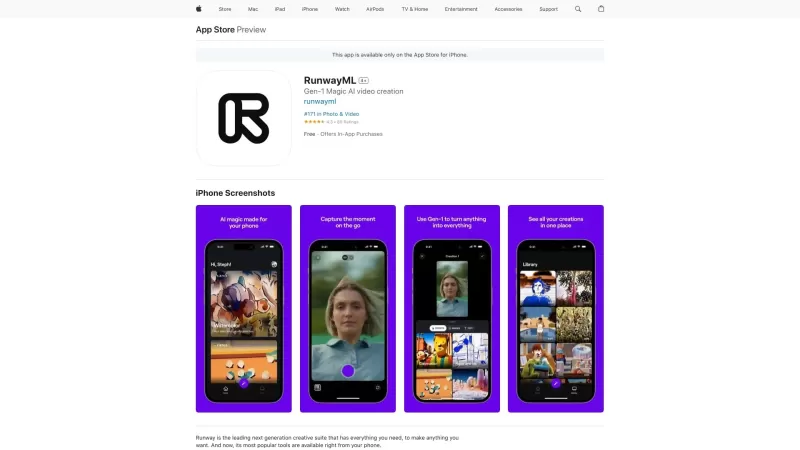Leonardo AI Unveils Advanced Inpainting Tool for Image Enhancement
Artificial intelligence is reshaping creative and educational landscapes. This article explores Leonardo AI's cutting-edge inpainting tool, designed to elevate image editing and unlock artistic potential. We’ll dive into how this AI-powered feature functions, its advantages, and its applications in educational environments. Whether you’re an artist refining your craft or an educator seeking innovative teaching tools, Leonardo AI’s inpainting feature delivers transformative possibilities.
Key Highlights
Leonardo AI launches a sophisticated inpainting tool for precise image editing.
The tool intelligently restores or removes unwanted image sections.
It simplifies image enhancement, boosting efficiency for users.
Ideal for artistic projects and educational resource creation.
Leonardo AI empowers users with accessible, skill-level-agnostic technology.
Introducing Leonardo AI’s Inpainting Feature
What is AI Inpainting?
Inpainting, powered by AI, involves reconstructing missing or flawed image areas using advanced algorithms. Historically, inpainting demanded time-intensive manual skills. Leonardo AI’s tool uses intelligent algorithms to analyze surrounding pixels, seamlessly filling gaps to blend with the original image. This capability excels in restoring images, removing objects, or creatively altering visuals, offering precision for applications requiring high detail.

Inpainting saves time and sparks creativity by enabling users to explore variations without extensive manual edits.
How Leonardo AI’s Inpainting Operates
Leonardo AI’s inpainting tool leverages deep learning models trained on extensive image datasets. Users select an area for editing, and the AI evaluates surrounding patterns, textures, and colors to generate seamless pixel reconstructions. The process includes:
- Selection: Users highlight areas like blemishes or objects for inpainting.
- Analysis: AI examines nearby pixels to identify key features.
- Reconstruction: New pixels are generated to blend seamlessly with the image.
Refinement: The AI polishes the area for a natural, cohesive look.
This sophisticated approach ensures realistic results, making edited areas nearly indistinguishable. Accessible to all skill levels, the tool enhances creative workflows by minimizing manual adjustments.
Applications in Education and Art
Upgrading Educational Materials
Leonardo AI’s inpainting tool transforms educational content creation. Educators can enhance visuals, develop engaging materials, or restore historical images for classroom use. For instance, damaged historical photos can be revitalized for presentations or research. The tool also enables tailored graphics for lessons, enriching subjects like history with vivid visuals. It supports interactive learning modules, allowing students to explore concepts through image manipulation. Additionally, inpainting improves image clarity, making materials more inclusive for visually impaired students, fostering richer learning experiences.
Creative Image Editing for Artists
For artists, Leonardo AI’s inpainting tool revolutionizes workflows. It enables seamless refinement of digital paintings, photos, or mixed-media works by removing distractions or correcting flaws. Artists can experiment with imaginative compositions, blending reconstructed areas effortlessly. The tool also restores damaged artworks, preserving their legacy. By simplifying complex edits, it empowers artists to push creative boundaries and produce stunning, professional-grade visuals.
Guide to Using Leonardo AI’s Inpainting Tool
Step 1: Image Upload
Begin by uploading your image to Leonardo AI’s platform via the inpainting tool’s ‘Upload Image’ option. Supported formats include JPEG, PNG, and TIFF. High-resolution images yield optimal results. Ensure you have permission to edit the image to avoid copyright issues.
Step 2: Selecting the Inpainting Area
Next, choose the area to inpaint using tools like freehand, rectangular, or polygonal lasso for precise selections. Smaller areas often produce more accurate results, while larger ones may need refinement. Zoom in for accuracy and use undo/redo options to correct errors.
Step 3: Applying Inpainting
Click the ‘Inpaint’ button to initiate the process. The AI analyzes surrounding pixels and fills the selected area, typically within seconds. Review the result and re-inpaint or use the brush tool for manual tweaks if needed.
Step 4: Refining and Saving
After inpainting, fine-tune the area using tools like the brush, clone, or healing brush for seamless blending. Save the image in JPEG, PNG, or TIFF formats based on your needs. Use descriptive filenames and tags for easy retrieval, and back up the original image.
Leonardo AI Pricing
Subscription Options
Leonardo AI offers tiered plans for varied user needs, using tokens to access features like inpainting. Plans include:
- Free Plan: Limited daily tokens for casual exploration.
- Apprentice Plan: More monthly tokens for enthusiasts.
- Artisan Plan: Ample tokens, priority processing, and higher resolutions.
Maestro Plan: Unlimited tokens, advanced features, and dedicated support.
Pricing varies by plan; check Leonardo AI’s website for current offers. Note that unused tokens may not carry over.
Leonardo AI: Pros and Cons
Pros
Intuitive interface suits all skill levels.
High-quality image outputs for professional use.
Versatile for art, education, and marketing.
Customizable models align with unique styles.
Robust community and support resources.
Cons
Token limits may restrict heavy users.
Subscription costs could deter some users.
AI outputs may need additional tweaking.
Results rely on input prompt quality.
Ethical concerns around AI art require consideration.
Core Features of Leonardo AI
Key Tools and Benefits
Leonardo AI offers a robust suite of AI-driven tools:
- Text-to-Image: Create visuals from text prompts.
- Image-to-Image: Transform existing images with guided prompts.
- Inpainting: Restore or enhance image sections.
- Real-Time Canvas: Edit collaboratively in real time.
- Customizable Models: Tailor AI to your style.
- High-Resolution Output: Up to 4K for crisp visuals.
API Access: Integrate with workflows.
These tools empower users to create and manipulate images effortlessly.
Diverse Applications of Leonardo AI
Creativity Across Sectors
Leonardo AI serves multiple industries:
- Marketing: Craft compelling campaign visuals.
- Game Development: Produce textures and concept art.
- Web Design: Create custom website graphics.
- Fashion: Visualize clothing designs.
- Product Design: Generate mockups.
Architecture: Render realistic designs.
This automation saves time and enhances brand visuals.
Frequently Asked Questions
What is Leonardo AI?
Leonardo AI is an AI platform for generating and editing images using text prompts and advanced tools, ideal for artists, educators, and businesses.
How does inpainting work?
The inpainting tool analyzes surrounding pixels to seamlessly reconstruct missing or damaged image areas, blending them naturally.
What are the subscription plans?
Plans range from free with limited tokens to premium options with unlimited access and advanced features, tailored to user needs.
Related Questions on AI and Image Creation
How is AI reshaping art?
AI is revolutionizing art by automating tasks, enabling new creative avenues, and making art accessible to all. Platforms like Leonardo AI democratize creativity while raising questions about authorship and ethics.
Related article
 Transform Selfies into 3D AI Masterpieces with Flags & Letters via Bing
Unlock your creative potential and craft stunning 3D AI-enhanced portraits with personalized national flair! This easy-to-follow tutorial reveals how to transform ordinary digital images into eye-catching artworks that proudly display country flags a
Transform Selfies into 3D AI Masterpieces with Flags & Letters via Bing
Unlock your creative potential and craft stunning 3D AI-enhanced portraits with personalized national flair! This easy-to-follow tutorial reveals how to transform ordinary digital images into eye-catching artworks that proudly display country flags a
 Gemini Nano Banana Enhances Enterprise Image Editing Consistency & Control at Scale – Still Has Room for Improvement
Introducing Gemini 2.5 Flash ImageGoogle has unveiled Gemini 2.5 Flash Image, previously known internally as "nanobanana" during beta testing. This advanced model provides businesses with enhanced creative flexibility, enabling rapid image transforma
Gemini Nano Banana Enhances Enterprise Image Editing Consistency & Control at Scale – Still Has Room for Improvement
Introducing Gemini 2.5 Flash ImageGoogle has unveiled Gemini 2.5 Flash Image, previously known internally as "nanobanana" during beta testing. This advanced model provides businesses with enhanced creative flexibility, enabling rapid image transforma
 AI Hardware Innovations: Humanoids and AVs Take Center Stage at TechCrunch Disrupt 2025
TechCrunch Disrupt 2025: The Future of AI HardwareMark your calendars for October 27-29 as TechCrunch Disrupt returns to Moscone West in San Francisco, gathering over 10,000 innovation leaders for three action-packed days of transformative ideas and
Comments (3)
0/200
AI Hardware Innovations: Humanoids and AVs Take Center Stage at TechCrunch Disrupt 2025
TechCrunch Disrupt 2025: The Future of AI HardwareMark your calendars for October 27-29 as TechCrunch Disrupt returns to Moscone West in San Francisco, gathering over 10,000 innovation leaders for three action-packed days of transformative ideas and
Comments (3)
0/200
![RonaldWilliams]() RonaldWilliams
RonaldWilliams
 August 22, 2025 at 9:01:18 AM EDT
August 22, 2025 at 9:01:18 AM EDT
哇,Leonardo AI的这个inpainting工具感觉超酷!能智能修补图片,简直像给照片施魔法✨,特别适合我这种爱搞艺术创作的。就是不知道对新手友好不,有没有教程能快速上手?


 0
0
![EdwardWalker]() EdwardWalker
EdwardWalker
 August 8, 2025 at 11:00:59 PM EDT
August 8, 2025 at 11:00:59 PM EDT
This inpainting tool sounds like a game-changer for artists! I’m curious how it stacks up against Photoshop’s tools. Anyone tried it yet? 😎


 0
0
![JasonKing]() JasonKing
JasonKing
 August 4, 2025 at 2:01:00 AM EDT
August 4, 2025 at 2:01:00 AM EDT
This inpainting tool from Leonardo AI sounds like a game-changer for artists! Can't wait to try it out and see how it transforms my sketches. 😍


 0
0
Artificial intelligence is reshaping creative and educational landscapes. This article explores Leonardo AI's cutting-edge inpainting tool, designed to elevate image editing and unlock artistic potential. We’ll dive into how this AI-powered feature functions, its advantages, and its applications in educational environments. Whether you’re an artist refining your craft or an educator seeking innovative teaching tools, Leonardo AI’s inpainting feature delivers transformative possibilities.
Key Highlights
Leonardo AI launches a sophisticated inpainting tool for precise image editing.
The tool intelligently restores or removes unwanted image sections.
It simplifies image enhancement, boosting efficiency for users.
Ideal for artistic projects and educational resource creation.
Leonardo AI empowers users with accessible, skill-level-agnostic technology.
Introducing Leonardo AI’s Inpainting Feature
What is AI Inpainting?
Inpainting, powered by AI, involves reconstructing missing or flawed image areas using advanced algorithms. Historically, inpainting demanded time-intensive manual skills. Leonardo AI’s tool uses intelligent algorithms to analyze surrounding pixels, seamlessly filling gaps to blend with the original image. This capability excels in restoring images, removing objects, or creatively altering visuals, offering precision for applications requiring high detail.

Inpainting saves time and sparks creativity by enabling users to explore variations without extensive manual edits.
How Leonardo AI’s Inpainting Operates
Leonardo AI’s inpainting tool leverages deep learning models trained on extensive image datasets. Users select an area for editing, and the AI evaluates surrounding patterns, textures, and colors to generate seamless pixel reconstructions. The process includes:
- Selection: Users highlight areas like blemishes or objects for inpainting.
- Analysis: AI examines nearby pixels to identify key features.
- Reconstruction: New pixels are generated to blend seamlessly with the image.
Refinement: The AI polishes the area for a natural, cohesive look.
This sophisticated approach ensures realistic results, making edited areas nearly indistinguishable. Accessible to all skill levels, the tool enhances creative workflows by minimizing manual adjustments.
Applications in Education and Art
Upgrading Educational Materials
Leonardo AI’s inpainting tool transforms educational content creation. Educators can enhance visuals, develop engaging materials, or restore historical images for classroom use. For instance, damaged historical photos can be revitalized for presentations or research. The tool also enables tailored graphics for lessons, enriching subjects like history with vivid visuals. It supports interactive learning modules, allowing students to explore concepts through image manipulation. Additionally, inpainting improves image clarity, making materials more inclusive for visually impaired students, fostering richer learning experiences.
Creative Image Editing for Artists
For artists, Leonardo AI’s inpainting tool revolutionizes workflows. It enables seamless refinement of digital paintings, photos, or mixed-media works by removing distractions or correcting flaws. Artists can experiment with imaginative compositions, blending reconstructed areas effortlessly. The tool also restores damaged artworks, preserving their legacy. By simplifying complex edits, it empowers artists to push creative boundaries and produce stunning, professional-grade visuals.
Guide to Using Leonardo AI’s Inpainting Tool
Step 1: Image Upload
Begin by uploading your image to Leonardo AI’s platform via the inpainting tool’s ‘Upload Image’ option. Supported formats include JPEG, PNG, and TIFF. High-resolution images yield optimal results. Ensure you have permission to edit the image to avoid copyright issues.
Step 2: Selecting the Inpainting Area
Next, choose the area to inpaint using tools like freehand, rectangular, or polygonal lasso for precise selections. Smaller areas often produce more accurate results, while larger ones may need refinement. Zoom in for accuracy and use undo/redo options to correct errors.
Step 3: Applying Inpainting
Click the ‘Inpaint’ button to initiate the process. The AI analyzes surrounding pixels and fills the selected area, typically within seconds. Review the result and re-inpaint or use the brush tool for manual tweaks if needed.
Step 4: Refining and Saving
After inpainting, fine-tune the area using tools like the brush, clone, or healing brush for seamless blending. Save the image in JPEG, PNG, or TIFF formats based on your needs. Use descriptive filenames and tags for easy retrieval, and back up the original image.
Leonardo AI Pricing
Subscription Options
Leonardo AI offers tiered plans for varied user needs, using tokens to access features like inpainting. Plans include:
- Free Plan: Limited daily tokens for casual exploration.
- Apprentice Plan: More monthly tokens for enthusiasts.
- Artisan Plan: Ample tokens, priority processing, and higher resolutions.
Maestro Plan: Unlimited tokens, advanced features, and dedicated support.
Pricing varies by plan; check Leonardo AI’s website for current offers. Note that unused tokens may not carry over.
Leonardo AI: Pros and Cons
Pros
Intuitive interface suits all skill levels.
High-quality image outputs for professional use.
Versatile for art, education, and marketing.
Customizable models align with unique styles.
Robust community and support resources.
Cons
Token limits may restrict heavy users.
Subscription costs could deter some users.
AI outputs may need additional tweaking.
Results rely on input prompt quality.
Ethical concerns around AI art require consideration.
Core Features of Leonardo AI
Key Tools and Benefits
Leonardo AI offers a robust suite of AI-driven tools:
- Text-to-Image: Create visuals from text prompts.
- Image-to-Image: Transform existing images with guided prompts.
- Inpainting: Restore or enhance image sections.
- Real-Time Canvas: Edit collaboratively in real time.
- Customizable Models: Tailor AI to your style.
- High-Resolution Output: Up to 4K for crisp visuals.
API Access: Integrate with workflows.
These tools empower users to create and manipulate images effortlessly.
Diverse Applications of Leonardo AI
Creativity Across Sectors
Leonardo AI serves multiple industries:
- Marketing: Craft compelling campaign visuals.
- Game Development: Produce textures and concept art.
- Web Design: Create custom website graphics.
- Fashion: Visualize clothing designs.
- Product Design: Generate mockups.
Architecture: Render realistic designs.
This automation saves time and enhances brand visuals.
Frequently Asked Questions
What is Leonardo AI?
Leonardo AI is an AI platform for generating and editing images using text prompts and advanced tools, ideal for artists, educators, and businesses.
How does inpainting work?
The inpainting tool analyzes surrounding pixels to seamlessly reconstruct missing or damaged image areas, blending them naturally.
What are the subscription plans?
Plans range from free with limited tokens to premium options with unlimited access and advanced features, tailored to user needs.
Related Questions on AI and Image Creation
How is AI reshaping art?
AI is revolutionizing art by automating tasks, enabling new creative avenues, and making art accessible to all. Platforms like Leonardo AI democratize creativity while raising questions about authorship and ethics.
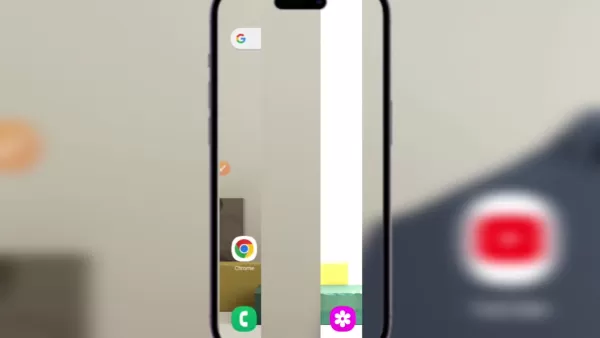 Transform Selfies into 3D AI Masterpieces with Flags & Letters via Bing
Unlock your creative potential and craft stunning 3D AI-enhanced portraits with personalized national flair! This easy-to-follow tutorial reveals how to transform ordinary digital images into eye-catching artworks that proudly display country flags a
Transform Selfies into 3D AI Masterpieces with Flags & Letters via Bing
Unlock your creative potential and craft stunning 3D AI-enhanced portraits with personalized national flair! This easy-to-follow tutorial reveals how to transform ordinary digital images into eye-catching artworks that proudly display country flags a
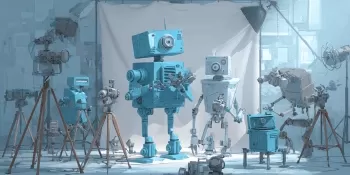 Gemini Nano Banana Enhances Enterprise Image Editing Consistency & Control at Scale – Still Has Room for Improvement
Introducing Gemini 2.5 Flash ImageGoogle has unveiled Gemini 2.5 Flash Image, previously known internally as "nanobanana" during beta testing. This advanced model provides businesses with enhanced creative flexibility, enabling rapid image transforma
Gemini Nano Banana Enhances Enterprise Image Editing Consistency & Control at Scale – Still Has Room for Improvement
Introducing Gemini 2.5 Flash ImageGoogle has unveiled Gemini 2.5 Flash Image, previously known internally as "nanobanana" during beta testing. This advanced model provides businesses with enhanced creative flexibility, enabling rapid image transforma
 AI Hardware Innovations: Humanoids and AVs Take Center Stage at TechCrunch Disrupt 2025
TechCrunch Disrupt 2025: The Future of AI HardwareMark your calendars for October 27-29 as TechCrunch Disrupt returns to Moscone West in San Francisco, gathering over 10,000 innovation leaders for three action-packed days of transformative ideas and
AI Hardware Innovations: Humanoids and AVs Take Center Stage at TechCrunch Disrupt 2025
TechCrunch Disrupt 2025: The Future of AI HardwareMark your calendars for October 27-29 as TechCrunch Disrupt returns to Moscone West in San Francisco, gathering over 10,000 innovation leaders for three action-packed days of transformative ideas and
 August 22, 2025 at 9:01:18 AM EDT
August 22, 2025 at 9:01:18 AM EDT
哇,Leonardo AI的这个inpainting工具感觉超酷!能智能修补图片,简直像给照片施魔法✨,特别适合我这种爱搞艺术创作的。就是不知道对新手友好不,有没有教程能快速上手?


 0
0
 August 8, 2025 at 11:00:59 PM EDT
August 8, 2025 at 11:00:59 PM EDT
This inpainting tool sounds like a game-changer for artists! I’m curious how it stacks up against Photoshop’s tools. Anyone tried it yet? 😎


 0
0
 August 4, 2025 at 2:01:00 AM EDT
August 4, 2025 at 2:01:00 AM EDT
This inpainting tool from Leonardo AI sounds like a game-changer for artists! Can't wait to try it out and see how it transforms my sketches. 😍


 0
0
